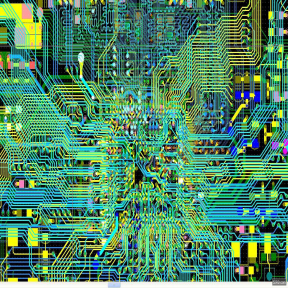
The automotive world is changing rapidly and the pace of this change is accelerating. Hardly a day goes by without engineering trade news concerning autonomous driving capabilities or IP core selection for future automotive microcontrollers. Even financial news media regularly cover new companies entering the automotive market, speculating as to what they will bring to this long established industry. The very nature of the automobile is changing as internal combustion propulsion is augmented for hybrid vehicles and completely replaced for all-electric cars.
In past decades, evolutionary changes were common. Drum brakes transitioned to discs. Anti-lock braking has become a standard feature and autonomous braking capabilities for forward and cross-traffic conditions are now available as options. AM/FM radios now have added support for CDs, USB drives and Bluetooth, video, and DVDs, becoming complete entertainment systems. The advent of automotive Internet access enables a new class of infotainment capability for both passengers and driver. Revolutionary changes are on the horizon, including autonomous vehicles (no driver), autonomous driving and other advanced driver assistance systems (ADAS) capabilities. Automated braking and other available ADAS capabilities can be viewed as evolutionary changes. But whether evolutionary or revolutionary, these changes in propulsion and all other attributes of the driving experience are enabled by electronic systems where PCBs (and PCB design teams) play a major role.
A recent article in The PCB Design Magazine by Monica Andrei of Continental Automotive Systems emphasized the systemic nature of an automobile and discussed the characteristics and adoption of software design tools to enable such system-level design. Recognizing that electrical challenges are part of the automotive system-level discussion, this article will present more detail on signal integrity (SI). Future discussion is planned regarding electromagnetic interference (EMI), power integrity (PI) and thermal integrity (TI).